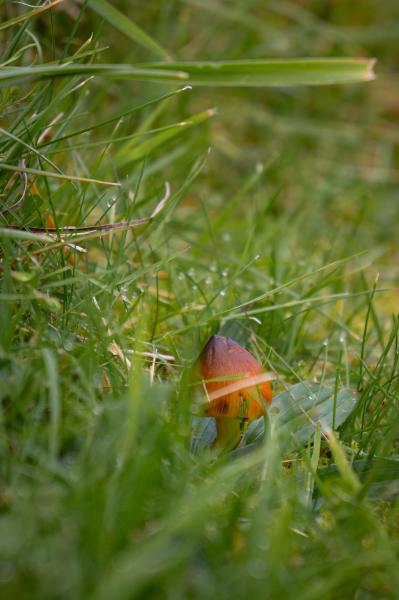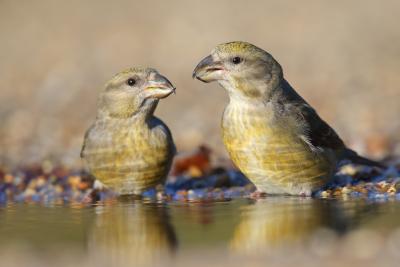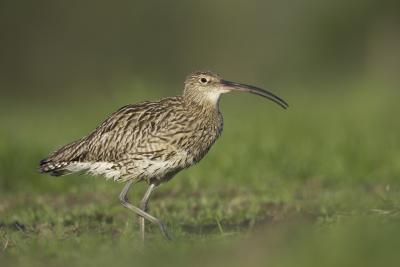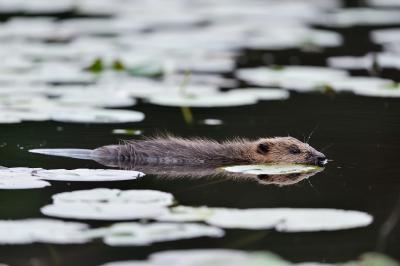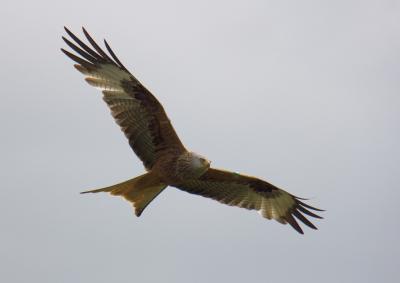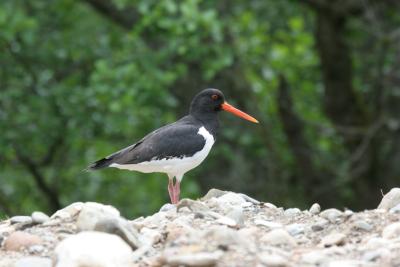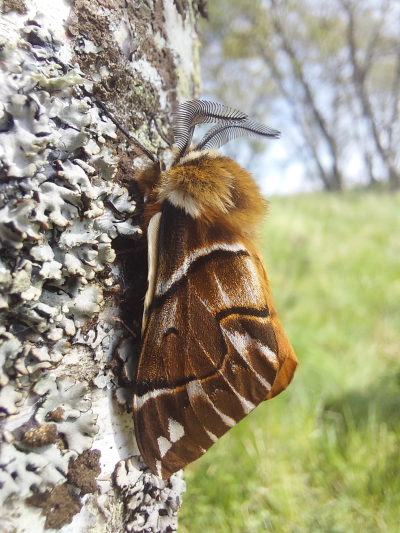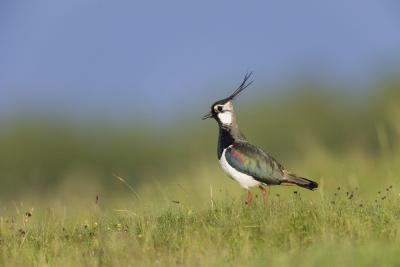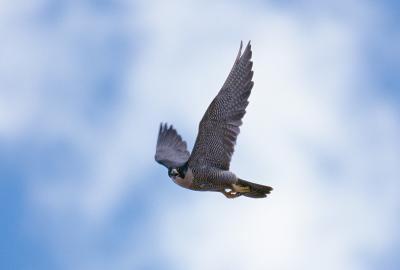Waxcaps
Hygrocybe
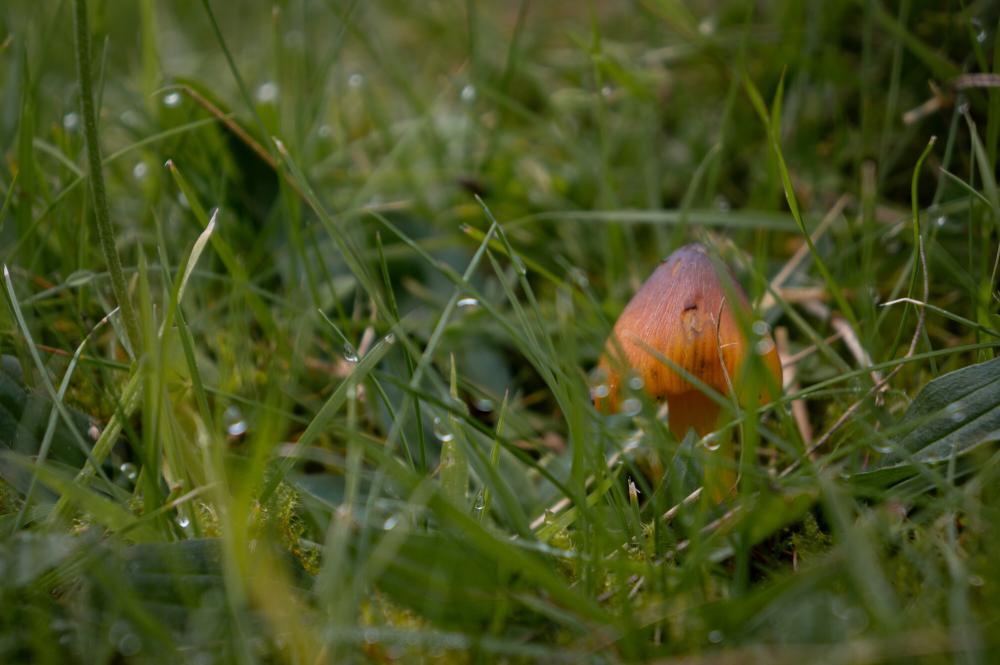
Waxcaps are a vibrant species of fungi, which have waxy or slippery-looking caps. They decorate landscapes in an array of colours - from deep scarlets and lemon yellows to pale pinks.
Factsheet
Lifespan: Depends on the species
Best time to spot: September to October
There are at least 43 different species of waxcap in the Cairngorms National Park. Each species has a set of unique characteristics, with colour often being a key differentiator.
For example, parrot waxcaps are green and eventually turn a yellowish hue. These are flat with a conical bump and have slimy stems. In contrast, the slightly larger snowy waxcap - one of the more common waxcap types - initially grows a more domed top and has a moist stem. Scarlet and crimson waxcaps also grow more domed caps, but their stems are wide and dry.
With a 150mm cap diameter - approximately 100mm larger than snowy waxcaps - crimson waxcaps are among the largest of the waxcap species. They are also more rare, but can be found in high numbers in nutrient-poor ecosystems.
Waxcaps thrive in ancient grasslands - particularly upland pastures. Their main threats are undergrazing, ploughing and fertiliser use. Land on old castle estates in Scotland, for example, might have between 10 and 15 species. Head to the east of the Cairngorms National Park, and you’ll find the UK’s richest waxcap grassland: Lui Flats near Braemar. A challenge: see if you can spot the 20+ waxcap species that thrive in the area.
Did you know?
Waxcaps are a vibrant species of fungi, which have waxy or slippery-looking caps. They decorate landscapes in an array of colours - from deep scarlets and lemon yellows to pale pinks.
Factsheet
Lifespan: Depends on the species
Best time to spot: September to October
There are at least 43 different species of waxcap in the Cairngorms National Park. Each species has a set of unique characteristics, with colour often being a key differentiator.
For example, parrot waxcaps are green and eventually turn a yellowish hue. These are flat with a conical bump and have slimy stems. In contrast, the slightly larger snowy waxcap - one of the more common waxcap types - initially grows a more domed top and has a moist stem. Scarlet and crimson waxcaps also grow more domed caps, but their stems are wide and dry.
With a 150mm cap diameter - approximately 100mm larger than snowy waxcaps - crimson waxcaps are among the largest of the waxcap species. They are also more rare, but can be found in high numbers in nutrient-poor ecosystems.
Waxcaps thrive in ancient grasslands - particularly upland pastures. Their main threats are undergrazing, ploughing and fertiliser use. Land on old castle estates in Scotland, for example, might have between 10 and 15 species. Head to the east of the Cairngorms National Park, and you’ll find the UK’s richest waxcap grassland: Lui Flats near Braemar. A challenge: see if you can spot the 20+ waxcap species that thrive in the area.
Did you know?
Waxcaps have gills, which produce spores (microscopic cells) to aid reproduction. You can see these for yourself if you place a waxcap flat on a piece of paper to dry out, as a pretty spore print is left behind!
Gills may be cloaked by the cap of the mushroom or attached to the stem, either narrowly or broadly attached. They may also be ‘decurrent’, meaning they extend down the stem. Often, gills are thick and waxy, but size and colour vary between species.
The presence of waxcaps indicates a species-rich ecosystem, pointing at lands to be protected. But the waxcaps we see above ground are only the fruiting body and do not produce according to a regular schedule - sometimes not appearing for years at a time - making them difficult to identify and track.
Underground, there is life, though. Waxcaps are part of a rich network that functions year-round. They grow from fine-threaded structures, known as mycelia, that live within the soil. Operating similarly to roots, mycelium carry out tasks that are essential for the waxcaps’ survival - helping them absorb nutrients and carrying signals between them.





